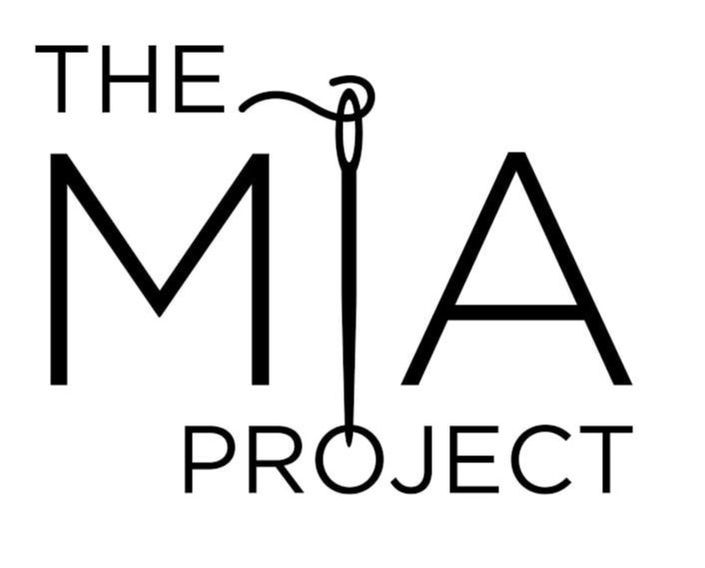Today's Sewing Tip: Pin Fabric Layers Perpendicular To The Fabric Edge(s) Instead Of Parallel.10/30/2018 The best way to keep fabric layers together before and during machine stitching is to pin perpendicular to the fabric edge instead of parallel (when possible). How To Pin Fabric Edges:Place the fabric pieces together, aligning the corresponding edges to be stitched. Insert pins horizontally, perpendicular to these edges such that the pin ball/bead corresponds to their (edges) right, and the needle is pointing inward, to the left of the fabric edges. Why Pin In Perpendicular Direction?Easy Pin Removal. If you think about the fabric edges to be sewn in relation to the sewing machine needle, you'll come to the realization that having the pins placed in perpendicular relation to these edges provides much easier removal during machine stitching. As you stitch down, removing the pins from left to right feels more natural, comfortable and intuitive than in downwards or upwards motion. Sliding pins out from left to right also provides more pin containment on the table surface, avoiding less dropped pins on the floor. Safety and comfort. When the pin's needle point is facing inwards, in horizontal relation to the fabric edges, the chances of you accidentally pricking your fingers are fairly low. With this alignment, as you're removing the pins one-by-one during machine stitching, you'll be grabbing onto the pin ball and moving towards the right to remove it. Not only does this provide a lot more comfort during sewing (and pinning!), you'll naturally avoid that dangerous needle point in the process. If the pins are positioned parallel to the fabric's edge, you may occasionally prick your fingers on the needle point regardless of how careful you are. This happens during the machine stitching process, when you have to hold or turn the fabric surface with your hands. There are instances however, when parallel pinning is appropriate, for example, when pinning through very thick fabric layers, pinning a very small fold, or sewing trims and other decorative elements. These instances will most likely call for parallel pinning, in which case, a bit more caution is required to avoid pricking your fingers during the pinning and stitching process. Stability. The truth is, pinning perpendicular to the edge keeps the fabric layers a lot more stable and aligned than when pinned in parallel direction. At the end of the day, pins are used in the sewing process to keep seams aligned as effectively and evenly as possible. Pinning direction has a significant impact on the stability of the fabric layers and can ultimately have an impact on sewing quality. Keeping the seam stable is even more important during the actual stitching process, when you want to prevent the layers from shifting around as you stitch. This is particularly an issue when working which fine fabrics that are more slippery. If you want to test out this stability theory, try this little experiment: Take two layers of fabric and pin them together perpendicular to the edge as described above. Align the corresponding fabric edges the way you would if you were sewing a regular seam. Once pinned, pull the top fabric layer up and the bottom fabric layer down simultaneously. Note if there is any shift in alignment at the top and bottom. For a good quality seam, the top and bottom edges should always remain perfectly aligned. Now, repeat the process inserting the pins parallel to the fabric edges. You'll notice there will be a slight shift in the alignment at the top and bottom, causing one of the fabric layers to sit a little higher than the other- a seam alignment issue you want to avoid. All fabric pieces that are sewn together to form a seam should match perfectly in length. Increased stitching speed. Due to the comfort and convenience of removing the pins from left to right, stitching speed will naturally increase. Perpendicular (to the edge) pin placement allows for a natural and fast sliding motion away from the edge. As a result, efficiency and productivity will increase. It is also important to consider the amount of vertical space parallel-placed pins take up. Remember that when machine stitching, you remove each pin as you approach it. You should never sew through the pins. As you approach each pin, you'll find that having it placed parallel in relation to the fabric edge takes up space which can actually add on to your stitching time. Vise versa, if the pins are placed perpendicularly to the edges, you can get much closer to each pin before removing it in a fast, convenient slide. Although pin placement may seem unimportant, especially if you are in the beginning stages of learning how to sew, developing good habits from the start will help you be more efficient, avoid some errors, and make the entire process a lot more enjoyable. When it comes to making your own clothing, eliminating small frustrations and preventing potential mistakes is often found in the little habits we develop as beginners! Follow us on Instagram and Pintrest for more sewing tips and tutorials!
0 Comments
Leave a Reply. |
The Blog:A journey into our design process, sewing tutorials, fashion tips, and all the inspiring people and things we love. Doina AlexeiDesigner by trade and dressmaker at heart. I spend most of my days obsessing over new fabrics and daydreaming new ideas. Sadie
Executive Assistant & Client Relations Manager Archives
November 2019
Categories
All
|
-
Sewing Tutorials
-
Basics
>
- Aligning Pattern Grainlines To Fabric
- Preparing Fabrics For Sewing
- Pinning Sewing Patterns To Fabric
- Placing Sewing Patterns On Fabric For Cutting
- Rotary Cutters or Fabric Scissors?
- Cutting The Sewing Patterns
- What Are Notches And How To Use Them In The Sewing Process
- Transferring Notches From Pattern To Fabric
- Transferring Seamlines to Fabric
- Staystitching
- Backstitching: A Complete Guide
- Hand Basting: A Complete Guide
- Sewing Continuous Bias Binding
- Darts >
-
Sewing Seams
>
- The Basics Of Seams And Seam Allowance
- How To Sew A Straight Seam
- Sewing Curved Seams
- Sewing Corner Seams
- Trimming And Grading Seam Excess
- Notching/Clipping Seam Allowance for Tension Release
- Sewing Topstitched Seams
- Sewing Corded Seams
- Sewing A Slot Seam
- Sewing A Gathered Seam
- Sewing Bias Seams
- Sewing Seams With Ease
- Sewing Seams With Crossing Seamlines
- Sewing Unlike Fabric Seams
- How To Iron Seams: Ironing Tools And Conventions
- Sewing With Knit Fabrics
- Understanding Stitch Length And Tension
- Sewing Unique Fabric Seams
-
Seam Finishes
>
- Seam Finishing Techniques - Overview
- Applying A Pinked Seam Finish
- Applying A Bias Bound Seam Finish
- Serging And Zigzag Seam Finishes
- Sewing A Self-Bound Seam Finish
- Sewing A French Seam Finish
- Sewing A Hong Kong Seam Finish
- Sewing A Mock French Seam Finish
- Sewing A Turned-and-Stitched Seam Finish
- Sewing Overcast Hand-Applied Seam Finishes
- Sewing A Flat Felled Seam
- Sewing A Hairline Seam Finish
-
Hem Finishes
>
- Garment Hem Finishes: Overview
- Sewing A Double Fold Hem Finish
- Sewing A Single Fold Hem Finish
- Sewing Bound Hem Finishes
- Sewing An Exposed Double Layer Bound Hem
- Sewing A Folded-Up Bound Hem with Pre-folded Binding
- Sewing A Hong Kong Hem Finish
- Sewing A Band Hem Finish
- Sewing A Bias Faced Hem Finish
- Sewing A Twill Tape Hem Finish
- Sewing A Rolled Hem Finish
- Sewing A Shaped Hem Facing
- Using Fusible Hem Tape And Webbing
- Finishing A Lace Fabric Hem
- Finishing A Leather Hem
- Sewing Faced Hem Corners
- How To Finish Lining At The Hem
- Finishing Fabric Corners by Mitering >
- Interfacing A Hemline: Lined And Unlined Examples
-
Sewing Pockets
>
- Curved Patch Pocket With Flap
- Unlined Square Patch Pockets
- Lined Patch Pockets: Two Ways
- Extension On-Seam Pockets
- Separate On-Seam Pocket
- Front Hip Pockets
- Bound Double Welt Pocket
- Double Welt Pocket With Flap
- Self-Welt Pocket (Using Single Fabric Layer)
- Slanted Welt Pocket (Hand-Stitched)
- Faced Slash Pockets: Overview >
-
Sewing Zippers
>
- Sewing Zippers: General Information
- Sewing A Centered Zipper
- Sewing A Lapped Zipper
- Sewing An Invisible Zipper
- Sewing A Fly Front Zipper
- Sewing A Closed-End Exposed Zipper (No Seam)
- Sewing An Exposed Separating Zipper
- Sewing Hand Stitched Zipper Applications
- Sewing A Zipper Underlay
- Sewing A Placket-Enclosed Separating Zipper
- Sleeveless Finishes >
-
Neckline Finishes
>
- Sewing A Neck Shaped Facing
- Sewing An All-In-One Neck Facing
- Neck And Garment Opening Combination Facings >
- Sewing A Bias Faced Neckline Finish
- Sewing A Band Neckline Finish
- Bound Neckline Finishes: Overview >
- Sewing A Semi-Stretch Strip Band Neckline
- Ribbed Neck Band And Classic Turtleneck
- Decorative Neckline Finishes >
- Finishing Facing Edges >
-
Extras
>
- A Complete Guide on Interfacing
- Sewing Bound Spaghetti Straps
- Sewing Spaghetti Straps To A Faced Neckline
- Sewing Ruffles: Overview
- Patterning And Sewing A Circle Ruffle
- Sewing A Gathered Heading Ruffle
- Sewing Double Layer Gathered Ruffles
- Sewing A Gathered Ruffle Into A Seam
- Sewing A Gathered Ruffle To A Fabric Edge
- Sewing A Fabric Surface Slit
- Sewing A Slit Seam
- Hand-Applied Straight Stitches
- Hand-Applied Blind Stitches
- Hand-Applied Overedge Stitches
- Hand-Applied Tack Stitches
- Hand-Applied Decorative Stitches
-
Basics
>
- Custom Bridal
- Custom Apparel
- About
- Blog
Services |
Company |
|

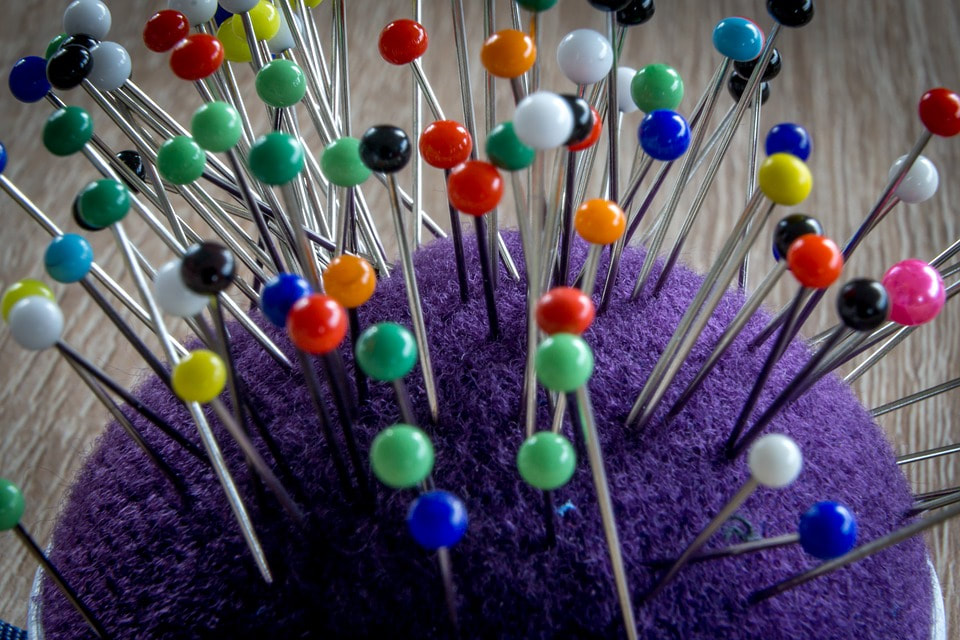
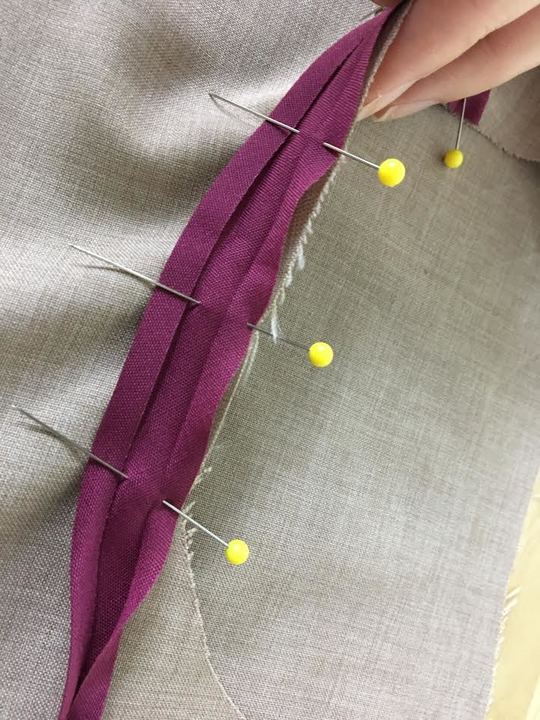
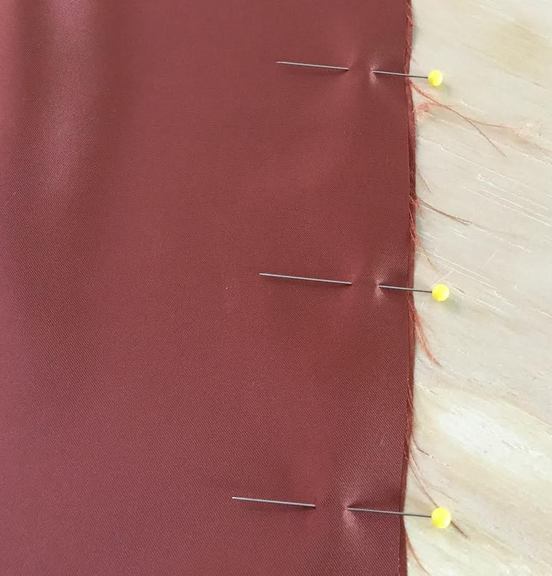
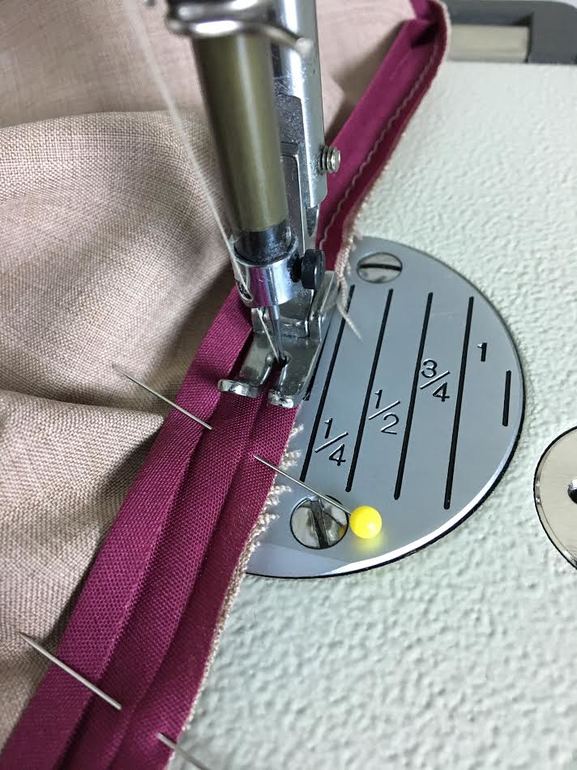
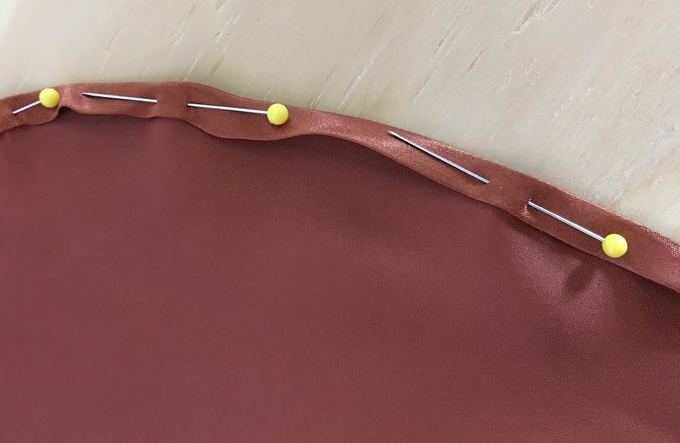
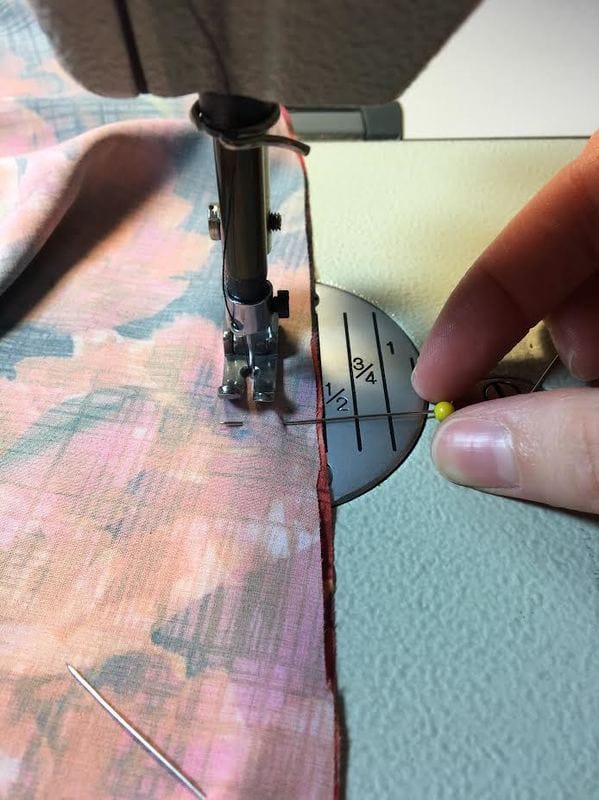
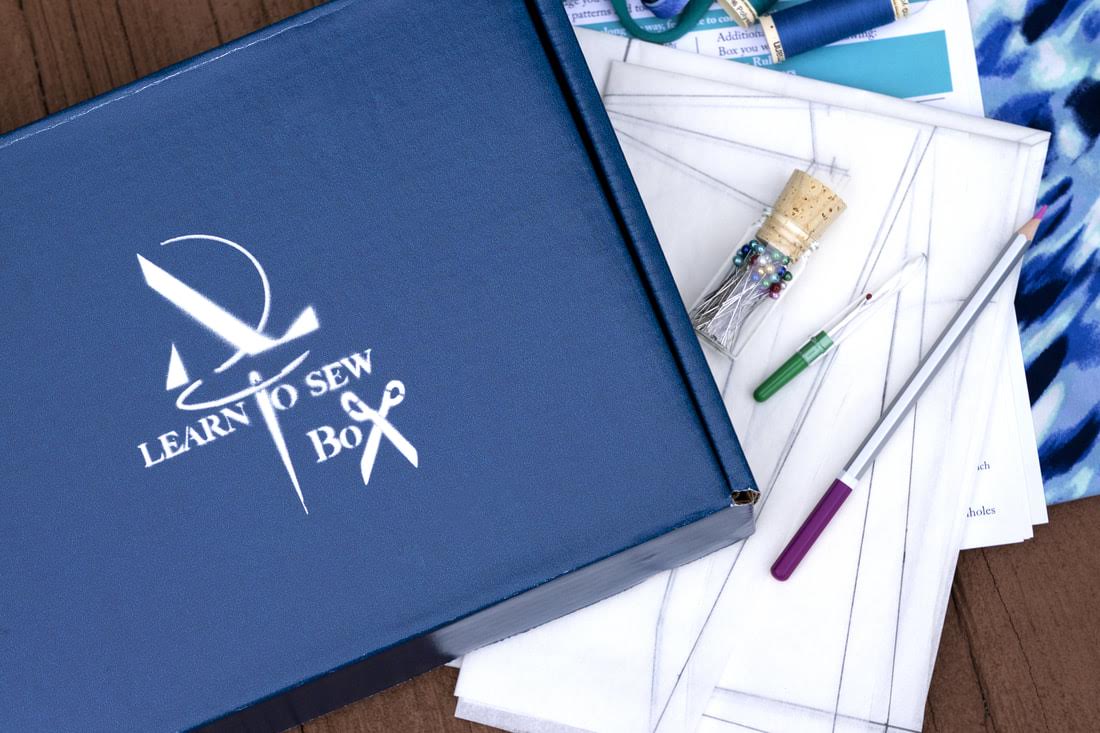


 RSS Feed
RSS Feed
